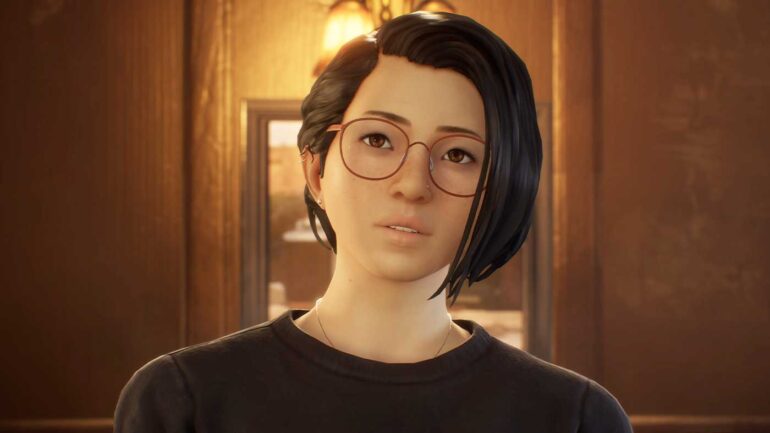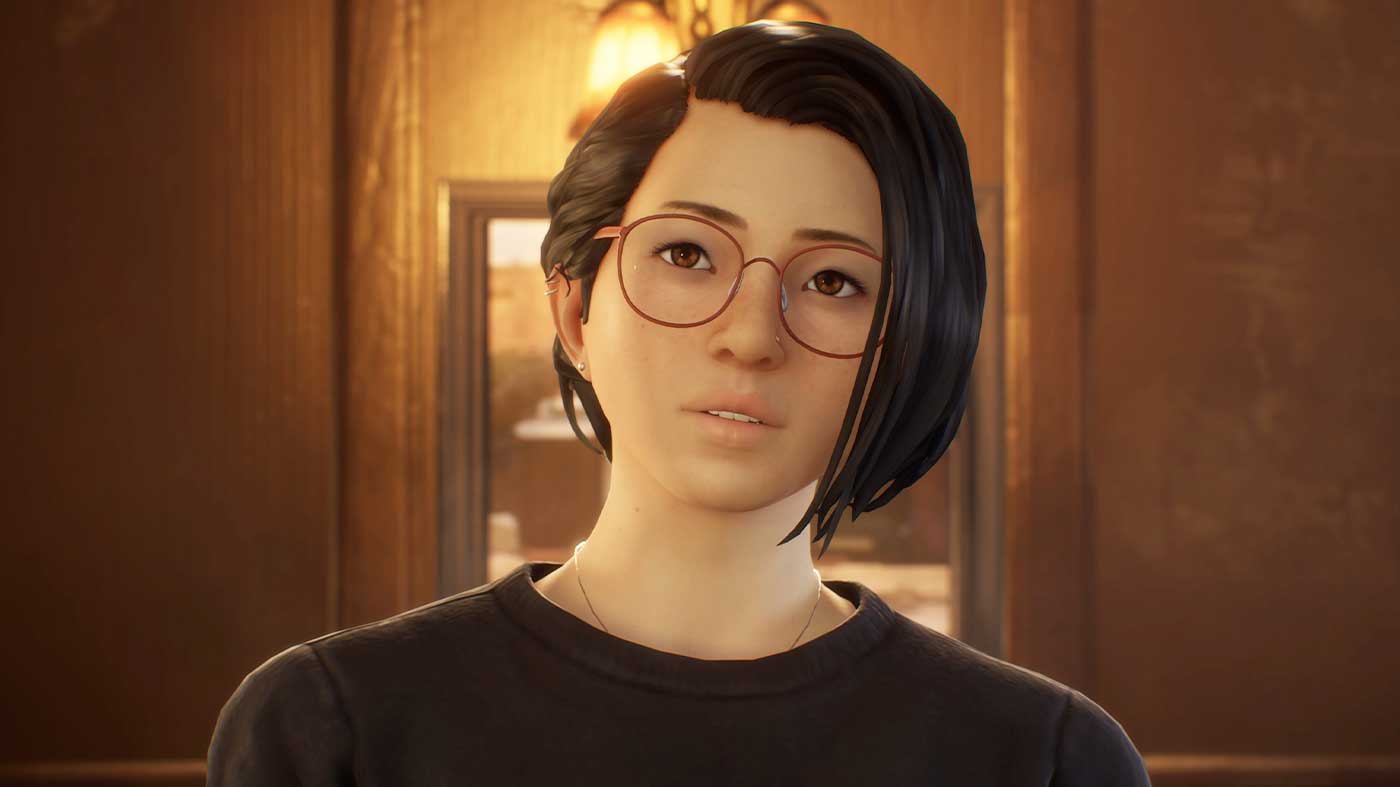My experience with Life Is Strange is tumultuous at best. I adored the first game. I found the prequel to be disappointing. I struggled to connect with Life Is Strange 2. So when I heard that the developers of the prequel, Before The Storm, were taking the lead on the next true Life Is Strange game, I was apprehensive and almost disappointed. Now, after giving Life Is Strange: True Colors the attention it deserves, I’m pretty happy to boldly proclaim it’s one of the best, if not the best in the series.
Life Is Strange: True Colors has you playing as Alex Chen. She’s been in and out of foster homes and had a troubled childhood all her life. After spending some time together, she’s invited to the idyllic mountain town of Haven Springs in Colorado by her brother Gabe. Once Alex arrives in Haven Springs, she discovers there’s more to the idyllic little town than meets the eye and must investigate a suspicious death in the process too. The kicker? Alex has a bizarre ability to not only visualise other peoples’ strong emotions but take them on and live in them to help determine their root cause.
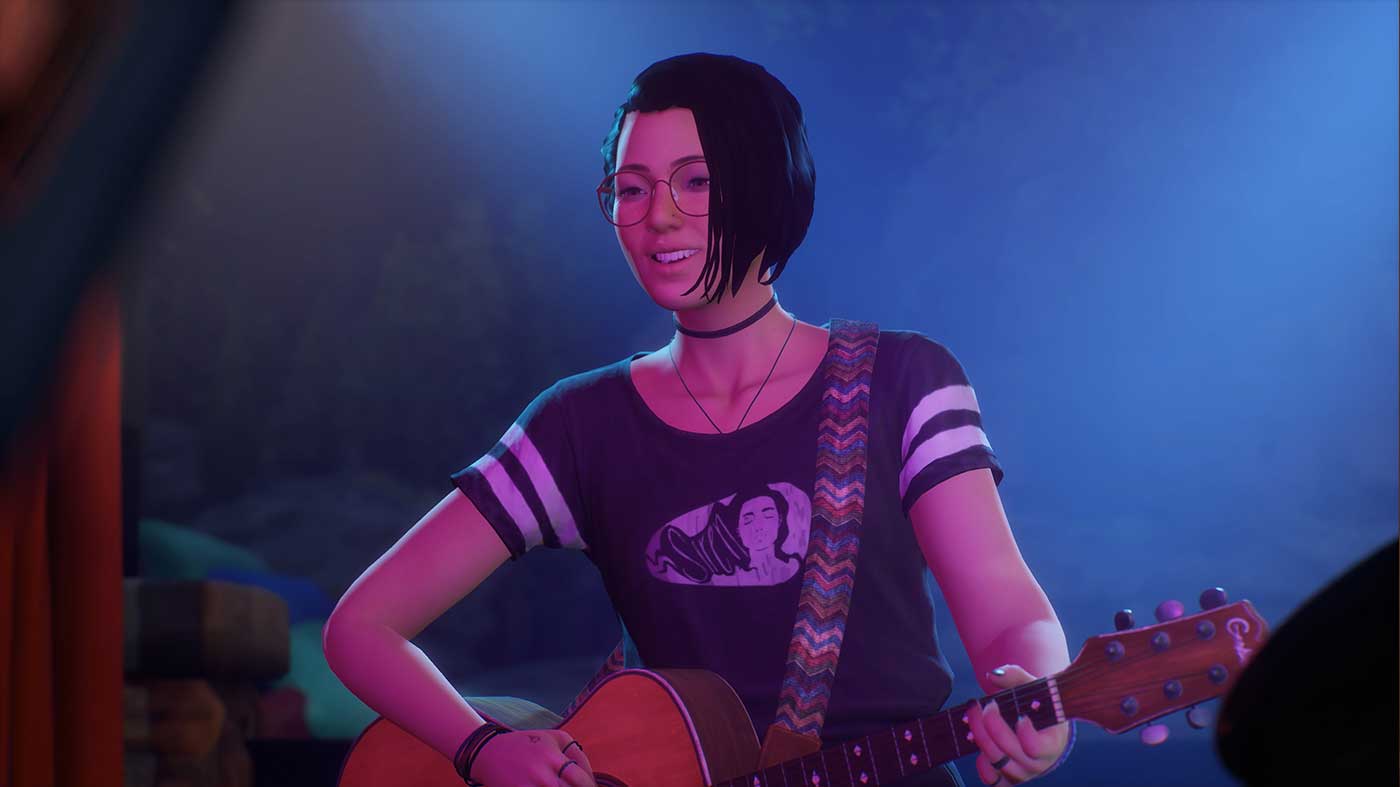
Keeping spoilers to an absolute minimum (as perhaps surmised by my vague story summary), True Colors is one of the stronger Life Is Strange tales. From the get-go, I found Alex to be a remarkably likeable protagonist. Even though she has her fair share of issues and pathos, there was nary a time where I didn’t want to stick it out with her to the very end. With other characters in the series having a penchant for devolving into annoying caricatures, Alex felt like a real person from beginning to end in True Colors. Given that so much of True Colors and, well, most Life Is Strange games hinge on their characters, it’s a relief to find Alex to be so likeable.
The plot itself is slightly predictable but still engaging. I was disappointed to see things unfold in a direction that I’d surmised the story would take early on, but the strength of the characters and their subplots works wonders in keeping things interesting regardless. So much of Haven and its character is built by the game’s optional content exploring the side characters, and I’d argue they’re perhaps the highlight here. That being said, the main story does have one or two surprises in later chapters but otherwise feels like it’s been done-to-death in terms of the overarching structure.
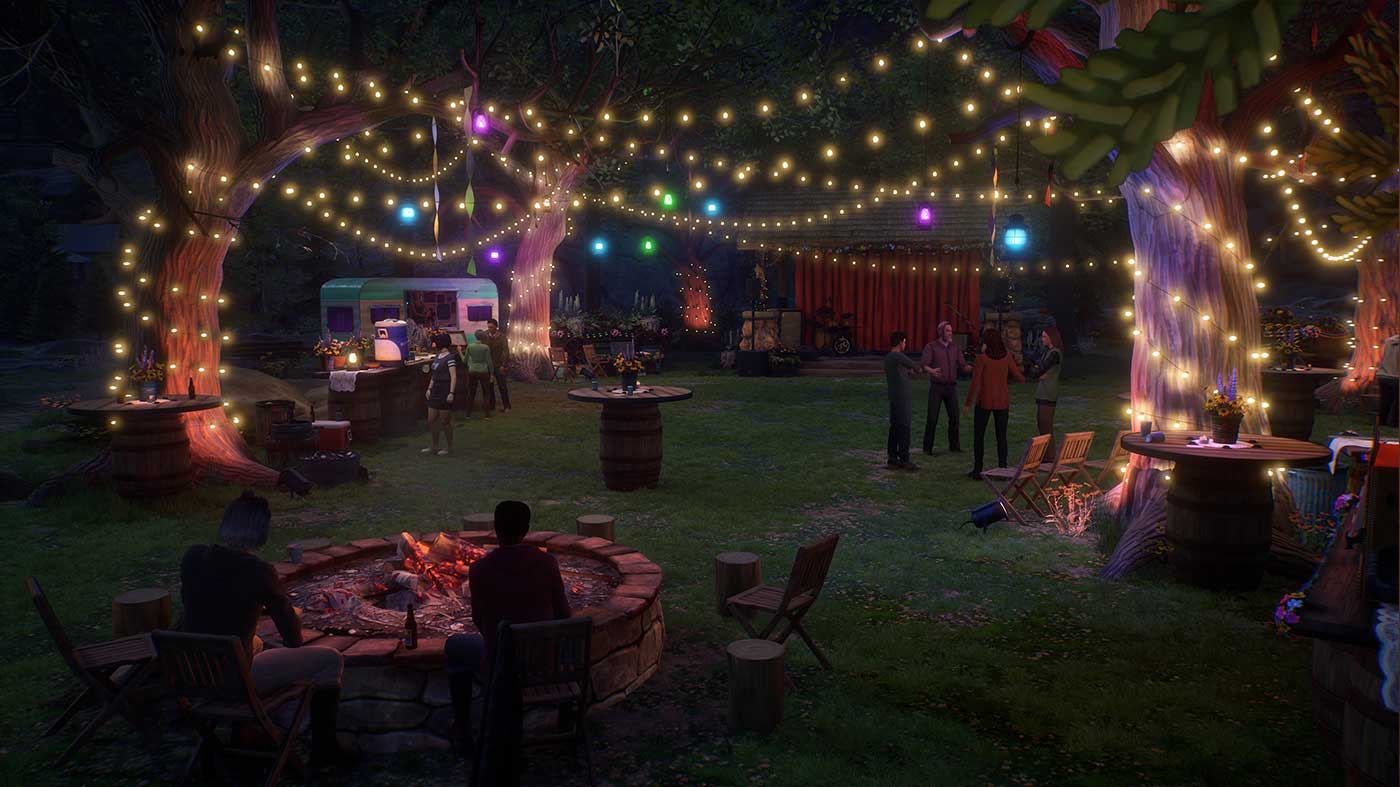
Max could rewind and pause time, and Daniel could move things with his mind. So what can Alex do? She is more or less an empath – she can visualise strong feelings of anger, fear, sadness, and joy as colours and engage with them to solve problems or learn information for her use. It’s without a doubt the most interesting power that a Life Is Strange character has been given. And I can appreciate how the knowledge you’d garner from these interactions could influence the dialogue as you played. Still, it ultimately boils down to nice-looking mind reading.
True Colors central conceit feels more passive than previous games – expanding dialogue options but still resulting in what feels like an ultimately more linear experience. While I thought this was a significant step back at first, I’ve come to appreciate that this is perhaps why I like True Colors so much over previous Life Is Strange games. The relative linearity means that the writing and story are more honed than in previous games.

That’s not to say that this is a linear game by any means. There are still heaps of choices to be made throughout the story of True Colors, and so many of them have real consequences later on. So many of the choices that I’d be faced with while playing True Colors were (ironically) firmly in the grey area. I’ve never stopped to think about the consequence of my choice as much as I have during True Colors – and this is a testament to the strength of the writing. I cared, which was something I rarely discover in games recently.
However, when you’re not playing through the main story, things are a little less linear. You’re eventually given a slight free roam of the major streets of Haven Springs, and it’s here that True Colors deviates most from previous games in the series. You’ll be able to explore so many locations and engage with the townspeople to help them solve their problems. It’s not as open as games like Assassin’s Creed, but it’s undoubtedly the most open a Life Is Strange game ever has been.
Solving jobs for the townspeople or helping them out is surprisingly satisfying, though. Doing so does a great job of building the world and believability of Haven, which is so inviting and idyllic I want to pack up and move there right now. While I appreciated the inclusion of optional content, I’d have preferred a bit more of a robust side quest tracker or even a character tracker to summarize what we know as in previous games. I’d get lost early on as I was learning who everyone was – probably a personal thing, but still worth mentioning and something that never happened to me in previous games.
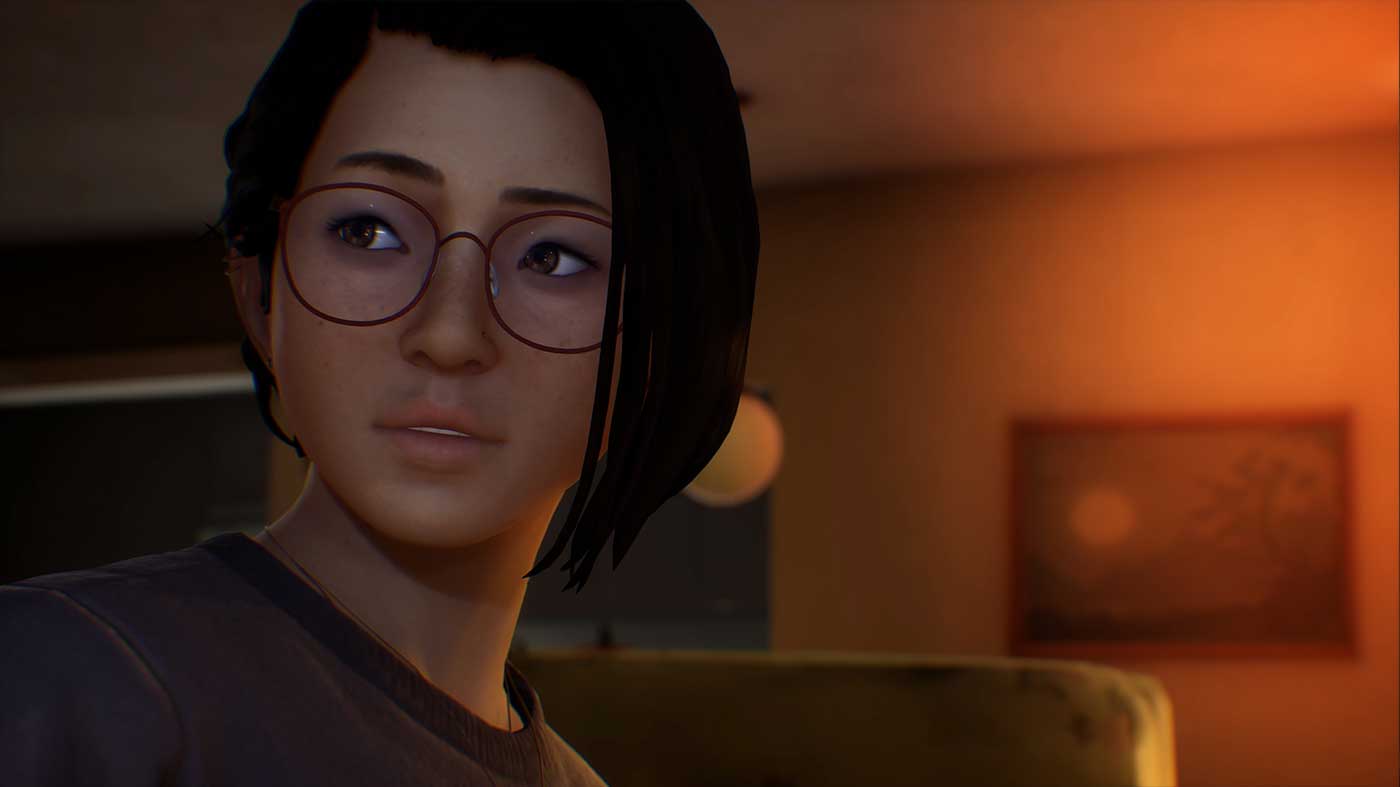
Speaking of previous games, True Colors is more or less the same structurally. It’s still split into five chapters, though the entire experience is available from the get-go. It lasts about the same length as the first or second game (it’s longer than Before The Storm) and has multiple endings. Even better, the various endings aren’t fed into binary choices but seem to be actual endings you work for through choices, which these games often get wrong. True Colors is also priced a bit higher than the first two games were despite being roughly the same length and scope, which might be a sticking point for some.
That being said, it’d be remiss of me not to mention that the production values for True Colors are well beyond anything you’ve seen in a Life Is Strange game. The first thing I noticed before any characters even spoke to each other was the solid and striking cinematography and the sheer improvement in visuals from the previous games. Everything looks much nicer and higher budget with smoother animation and lip-syncing. It’s a bit disappointing, then, to note that there are no high framerate modes even on the newer consoles. The whole experience is 30fps.
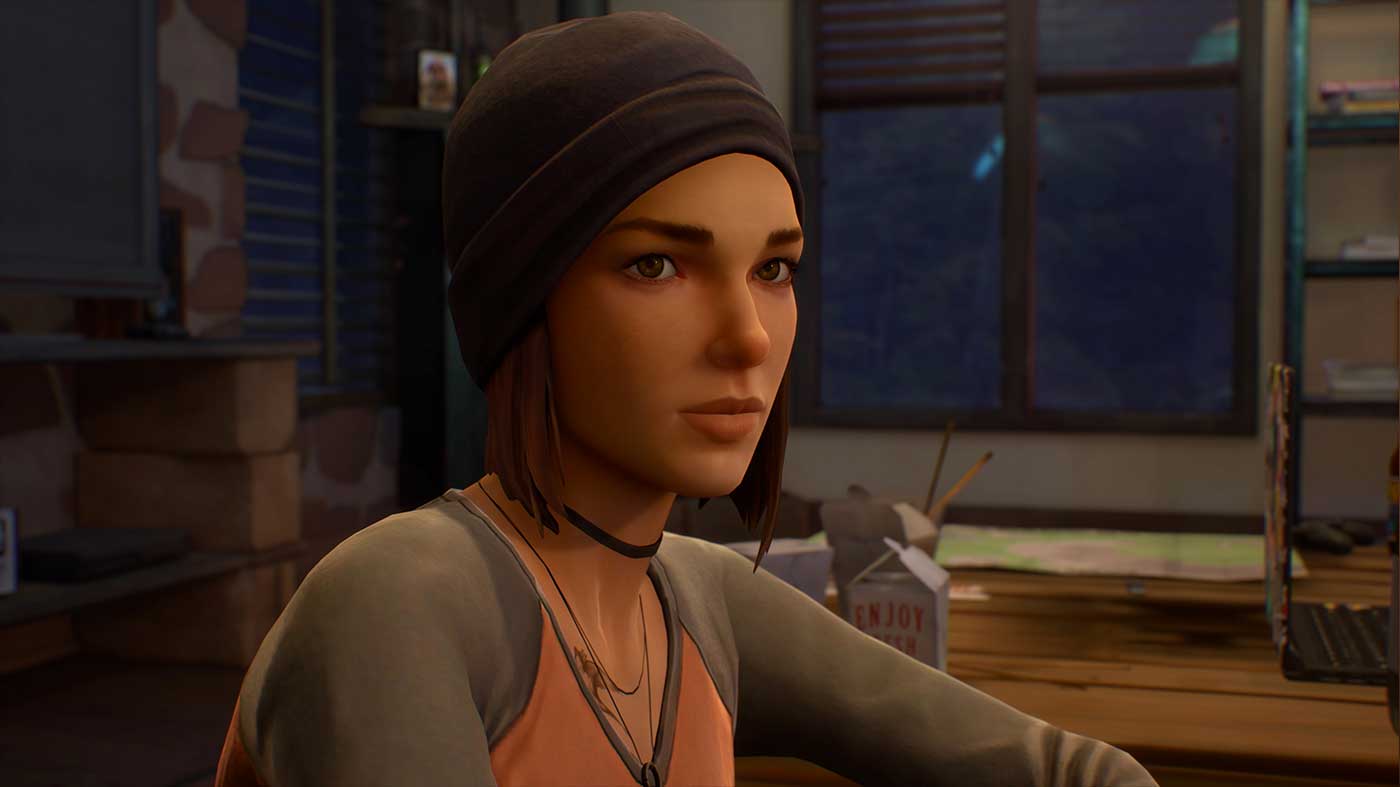
Such an otherwise strong attention to visual presentation is underscored with similarly strong attention to the musical score. Composed by Australian duo Angus & Julia Stone, the score is as folksy and indie as you can get – the group absolutely nail the Life Is Strange vibe while adding their unique twist to the game’s music. There’s still some excellent, licensed music sprinkled throughout the story, some of which were unexpected but perfectly punctuate the more intense moments of the story. The voice work is similarly strong, and no performances are weak or immersion-breaking.
There’s no denying that Life Is Strange: True Colors does things a little differently from previous games while retaining that signature look and feel that we’ve come to expect from the series. Overall, it’s a solid effort from Deck Nine and a considerable step up from their last take on the series, Before The Storm.


